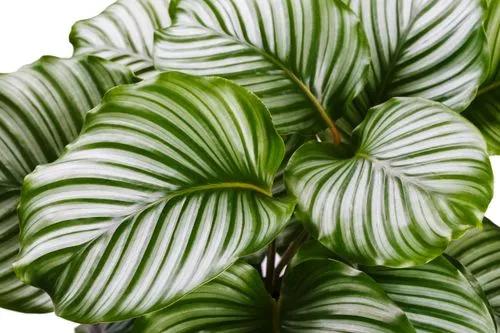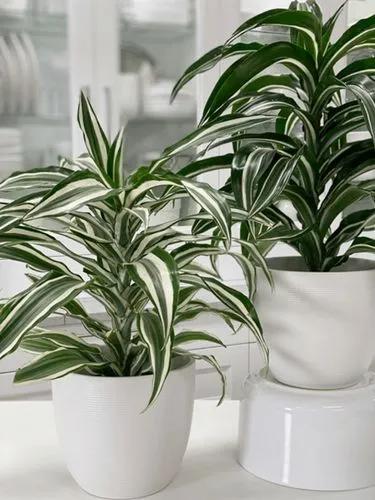Tuberous begonias (Begonia × tuberhybrida Voss, known as the Tuberhybrida Group or the Tuberosa Group) are a group of Begonia cultivars, sometimes regarded as some of the most spectacular of the genus. One of the first hybrids produced was in 1870.
Tuberous begonias Care
Begonia × tuberhybrida



Types of tuberous begonias include upright or trailing varieties. Tuberous begonias are popular for their beautiful flowers that come in a variety of colors and forms. Red, orange, yellow, white, salmon and pink blooms may be single or double and may be plain, ruffled or toothed. Their petals may have margins, crests or blotches of contrasting color. Tuberous begonias bloom throughout the summer, thriving in shady spots where few other plants with long bloom periods and showy flowers can grow. They are often used as container plants on patios and porches, in hanging baskets, and as bedding plants. Tuberous begonia species are native to tropical South America and southern Africa.
How to Care for the Plant

Water

Begonias need moist, well-drained soil and are likely to rot in soggy conditions. Water the plants regularly to keep the potting soil slightly moist.

Fertilizer

Provide a balanced, water-soluble fertilizer monthly during the growing season.

Sunlight

Although tuberous begonias are shade-loving plants, they also require a bit of morning or late afternoon sunlight. A location in dappled or filtered light also works well, but the plants won’t survive midday sun or heat.

Soil

Begonias will grow in any good soil that drains well. For potting, use a mixture of approximately four part well-decayed leaf mold, one part garden loam, and one part coarse sand. If decayed leaf mold is not available, any good potting mixture well suffice.

Temperature

They prefer daytime temperatures around 70°F and 60°F overnight. Temperature dips below 50°F might damage begonias and prolonged cold snaps can weaken or kill them.

Container

Choose any type of container with enough drainage holes. Put it on a tray with pebbles to increase humidity.

Popularity

387 people already have this plant 118 people have added this plant to their wishlists
Discover more plants with the list below
Popular articles






